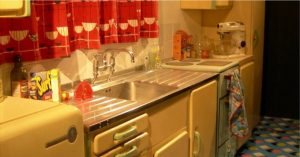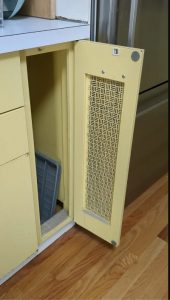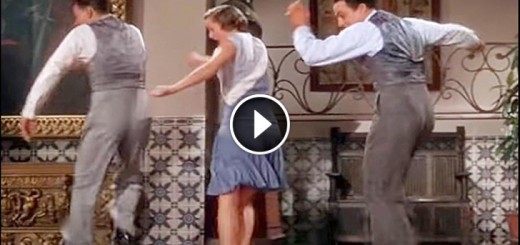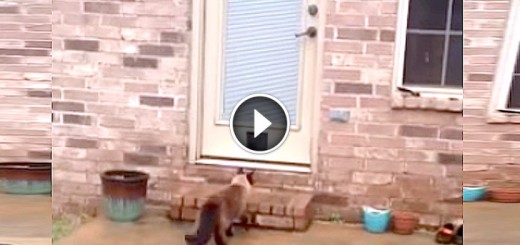The Hidden Feature in Vintage Kitchens: Discover the Secret Behind Grandma’s Ingenious Cabinet!

Nestled in the heart of a home built during the Truman era, a gleaming metal cabinet stands as a testament to the past—a fixture as steadfast as the memories it harbors. In 1951, when the house was lovingly erected, this cabinet was a modern marvel, promising convenience and a whisper of luxury in the post-war boom.
Fast forward two decades to the energetic 70s, and the kitchen, the throbbing heart of the home, underwent a transformation, embracing the era’s love for color and life. Yet, this stalwart metal cabinet remained, its vented doors a curious enigma.
Why, one might ask, do these metal doors—fashioned with care and precision—bear the intricate pattern of vents? The answer lies in the rhythms of a bygone domestic life. This was not merely a place to store your finest china or the sugar and flour. Oh no. It held a function as quaint as it was vital: drying the kitchen towels.


Imagine a simpler time when kitchen towels were artfully hung on these metal racks, swaying gently as the hustle and bustle of family life swirled around them. The vented doors allowed air to circulate, ensuring that the towels, fresh from wiping up spills or drying clean dishes, could breathe and dry, ready for their next use.
Today, these cabinets stand as a charming relic of the past. They remind us of the days when families gathered to share meals and stories, where a kitchen towel, crisply dried and neatly folded, was a small but significant thread in the fabric of daily life.
This kitchen, with its sturdy metal cabinet, is more than a place of cooking and eating. It’s a time capsule, a slice of history that still serves, albeit in a different way. It now dries not only towels but also our romantic notions of yesteryear, warming them in the remembered light of the afternoon sun that streams through the windows, just as it did half a century ago.




























